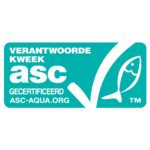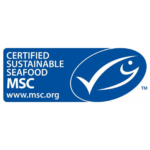Lemon sole (Bycatch)
Atlantic Ocean, north-east (FAO 27)
Danish seine
- Jan
- Feb
- Mar
- Apr
- May
- Jun
- Jul
- Aug
- Sep
- Oct
- Nov
- Dec
Lemon sole is a relatively unknown species, although it is often caught in the demersal fishery on flatfish like sole and plaice. There are no detailed stock estimates for lemon sole but the stock seems to be stable. The fishing pressure has decreased.
[Danish seine] is known as a [selective fishing method] with little bycatchBycatch:
Species caught next to species targeted for fishery. By-catches can consist of non-commercial species and species that are too small, and can be kept (this part is sometimes called by-product) or thrown back into the sea (discards). of undersizedUndersized fish:
Fish smaller than a prescribed minimum size. These sizes are determined per species and per country. For Europe, a minimum landing size applies to all EU Member States. fish. In the traditional trawling fishery there is more bycatch. Bycatch of other species are generally landed. There is incidental bycatch of rays or sharks. These species are vulnerable to overfishingOverfishing:
There is so much fish caught that the size of the stock has diminished so far that it can no longer produce a maximum sustainable yield. The size of the fish populations is insufficient to reproduce in the long term. and are under pressure.
Lemon sole has a joint quota with witch flounder. The fishery falls under the Common Fisheries Policy of the EU.




